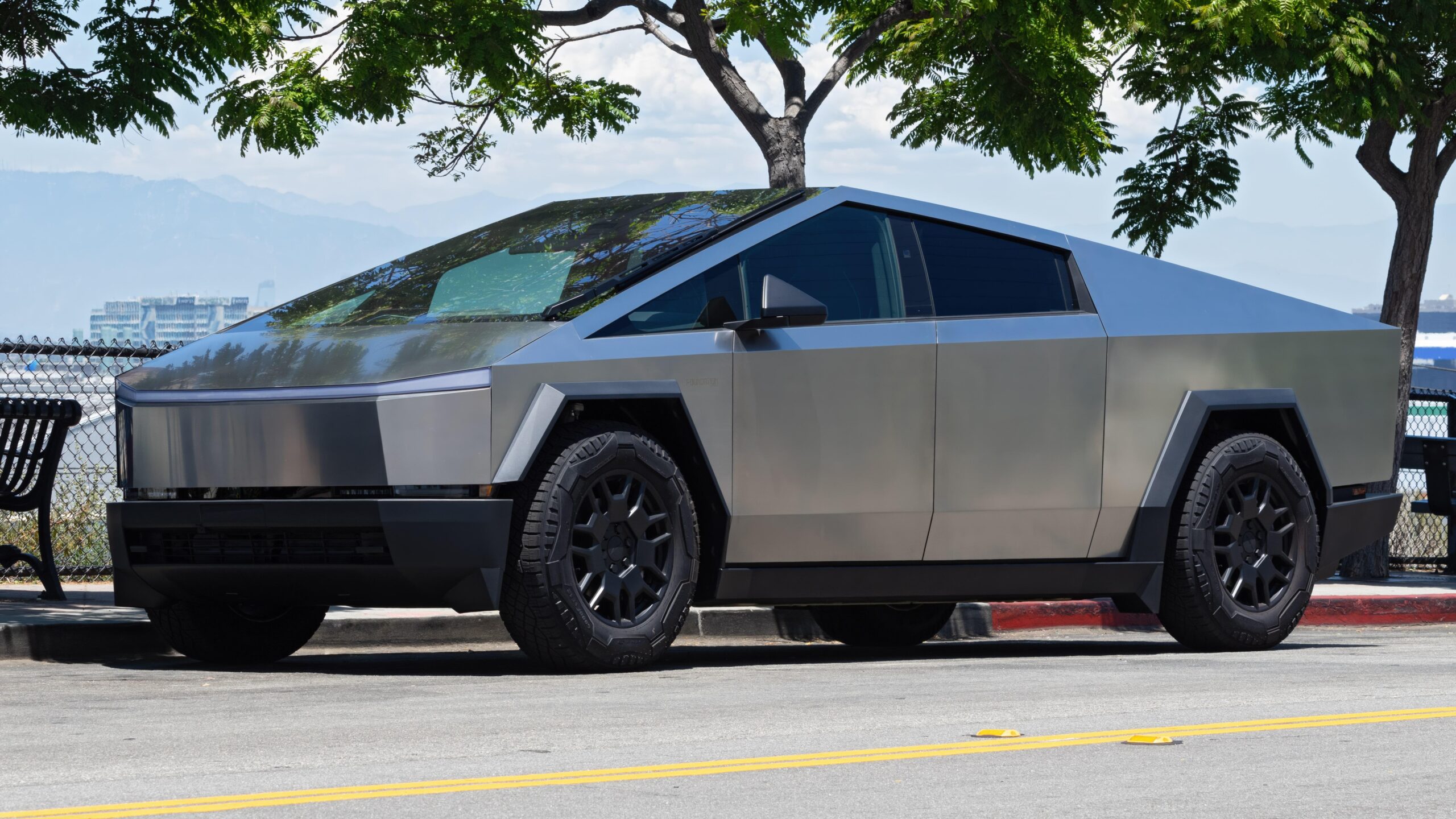In a surprising turn of events, Tesla has announced that its much-anticipated Cybertruck will be equipped with full self-driving capabilities, albeit with a supervision requirement. This news has sent shockwaves through the automotive industry, raising questions about the future of autonomous vehicles and the implications for both drivers and pedestrians.
Tesla’s CEO, Elon Musk, confirmed the exciting development during a recent press conference. He unveiled the new version of the Cybertruck, showcasing its sleek and futuristic design. However, what truly captured everyone’s attention was the announcement that the Cybertruck would now offer a supervised full self-driving mode.
Previously, Tesla vehicles equipped with Autopilot could perform certain autonomous functions, such as adaptive cruise control and lane-keeping. However, drivers were always required to keep their hands on the steering wheel and remain alert and ready to take control if necessary. The new full self-driving mode, although supervised, promises a significant step forward in autonomous driving technology.
Musk explained that the Cybertruck’s advanced suite of sensors, cameras, and radar systems, combined with powerful onboard computers, enables it to navigate and operate independently in most driving scenarios. The vehicle will be capable of braking, accelerating, changing lanes, and parking without any human input. However, this mode will still require a vigilant driver to remain in the driver’s seat and be ready to take over whenever necessary.
The decision to introduce a supervised full self-driving mode marks a compromise between full autonomy and ensuring the safety of passengers and other road users. It acknowledges the fact that self-driving technology is not yet fully foolproof and still requires human intervention in certain circumstances. Tesla’s approach aligns with the prevailing thought that a true level 5 autonomous vehicle, capable of fully replacing human drivers, may still be years away.
Critics argue that this supervised mode blurs the line between autonomous and traditional vehicles, potentially leading to confusion and accidents on the road. This skepticism stems from concerns that drivers might become complacent and overly reliant on the vehicle’s autonomous capabilities, leading to delayed reaction times or failure to assume control when necessary.
Tesla, on the other hand, asserts that even with supervision, the full self-driving mode will enhance safety on the road. The company claims that its Autopilot system, with millions of miles of real-world driving data and continuous software updates, is continuously improving and becoming more reliable. According to Tesla, each vehicle running on Autopilot contributes to a collective intelligence network, allowing the system to learn from and adapt to various driving scenarios.
The introduction of a supervised full self-driving mode also raises legal and regulatory issues. As autonomous technology becomes more pervasive, governments worldwide will need to establish guidelines and regulations to address the complexities and potential risks associated with self-driving vehicles. Tesla’s move could create a precedent for the regulation of partial automation systems, urging policymakers to refine existing laws and develop new ones to accommodate these emerging technologies.
Despite the debates and uncertainties surrounding autonomous vehicles, there’s no denying that the Cybertruck’s full self-driving feature, even with supervision, is a significant milestone for the industry. It demonstrates Tesla’s continued commitment to pushing the boundaries of automotive innovation. While it remains to be seen how this development will be received by consumers and regulators, it undoubtedly fuels anticipation for a future that one day might be filled with fully autonomous vehicles.
Hey Subscribe to our newsletter for more articles like this directly to your email.
